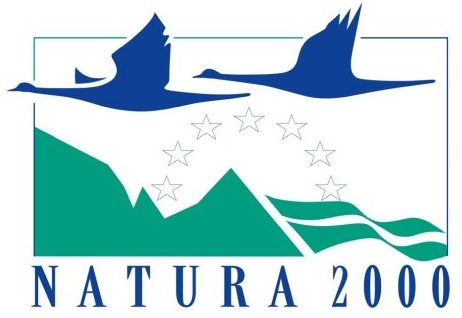
It is one of the critically endangered species in our territory. As recently as 2012, its Slovak population was on the extinction level, as there was no known nesting pair.
Last year was unfavourable both in the number of successful breeding pairs and, particularly, in the number of fledged chicks. This year the elegant red-footed falcon (true to its name with its red feet) lived to see better conditions and thus a more favourable result. 15 pairs produced 53 chicks from which only three have not flown out of the last occupied nesting box yet (and they are expected to do so by the half of August).
“In this year’s database we have recorded 17 pairs, of which 16 chose a nesting box and 1 preferred the nest of a hooded crow. In 15 pairs, the breeding was successful (they produced chicks). We have recorded the highest average breeding success since 2016 (the number of chicks compared to the number of nesting pairs). As far as the total number of chicks (53) is concerned, this is the second most successful breeding season since 2004, after 2019 (73 chicks), since the results of the systematic monitoring have been recorded. In 2020 and 2021, only 35 and 19 chicks fledged. These numbers demonstrate the fact that one good year does not make a triumph. A multi-year trend is decisive, and systematic, professional measures with a long-term effect are necessary,” says Jozef Chavko from the Raptor Protection of Slovakia (RPS).
“In our territory, we have a stable population with regular nesting only in the Sysľovské polia Special Protection Area (SPA). It does not mean that the species cannot nest elsewhere, but sporadic nesting could pass unnoticed. In the last years, one pair was recorded nesting in the vicinity of Trnava, and until 2010, the species used to nest near the Tvrdošovce village. Here we can use a well-known idiom of trying to find a needle in a haystack,” said Roman Slobodník from the Raptor Protection of Slovakia (RPS).
“We managed to put ornithological rings on all the chicks. We have been performing this important activity since 2016. From that time on, the rings have helped us to get a number of very significant information about the movement of falcons (including their returns to the hatching site), on their preferences and possible threats. On the basis of that, we can target the measures to improve their living conditions even better (mainly in terms of food and breeding). We have been recently using these pieces of knowledge in the LIFE Steppe on border project. It has been implemented in Slovakia and Hungary, with the financial support from the European Union. In the Sysľovské polia SPA, we consider the replacement of 112 hectares of intensively used arable land for grasslands to be essential. Thanks to the project, biodiversity is literally getting the green light. In the area, new nesting opportunities in the form of nesting boxes and approximately 3000 new trees and shrubs will be created. Cooperation of all the partners, which in Slovakia are the city of Bratislava, SOS/BirdLife Slovensko and The State Nature Conservancy of the Slovak Republic is crucial,” says Slobodník.
The question of attendance and (not) observing the regulations created due to the protection of the red-footed falcon and great bustard in particular, which regularly breed only here, is one of the essential topics in this locality. The disturbance of breeding, wintering, or resting birds is now an issue which needs to be dealt with thoroughly. The project team has been constantly communicating with all affected groups, including the city boroughs, in creation of a plan to coordinate the interests of all the parties,” concludes Chavko.






